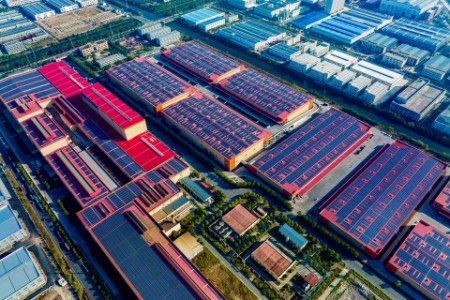EY teams conducted a survey about the sustainable supply chain approaches at 525 large corporations across Argentina, Brazil, Canada, Mexico and the United States (US). The various sectors included retail, consumer packaged goods, health providers, life sciences, government, technology, energy, manufacturing, mobility, and food and agriculture.
The research shows that while many executives have long-term sustainability goals for their supply chains, few have the visibility, technology and comprehensive programs in place to measure their progress. Challenges to their initiatives include upfront costs and a lack of a clear business case to support the expenditures.
Focusing on supply chains is key to overall environmental, social and governance (ESG) efforts because more than 90% of an organization's greenhouse gas emissions,1 and 50% to 70% of operating costs, are attributable to supply chains. Beyond risk avoidance and compliance, organizations are seeking ways to create long-term value by embedding sustainability into supply chain operations.
EY teams research found that eight in 10 supply chain executives are increasing their efforts toward sustainable supply chain operations. Executives are working toward efficient use of natural resources, decarbonization, ethical sourcing and fair trade as part of their larger focus on ESG initiatives. They are also looking to reduce risks, increase innovation and generate a stronger return on investment for their sustainable supply chain initiatives.
This article explores the top three findings from the survey to support executives in achieving their sustainability goals.


